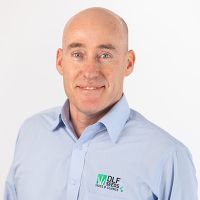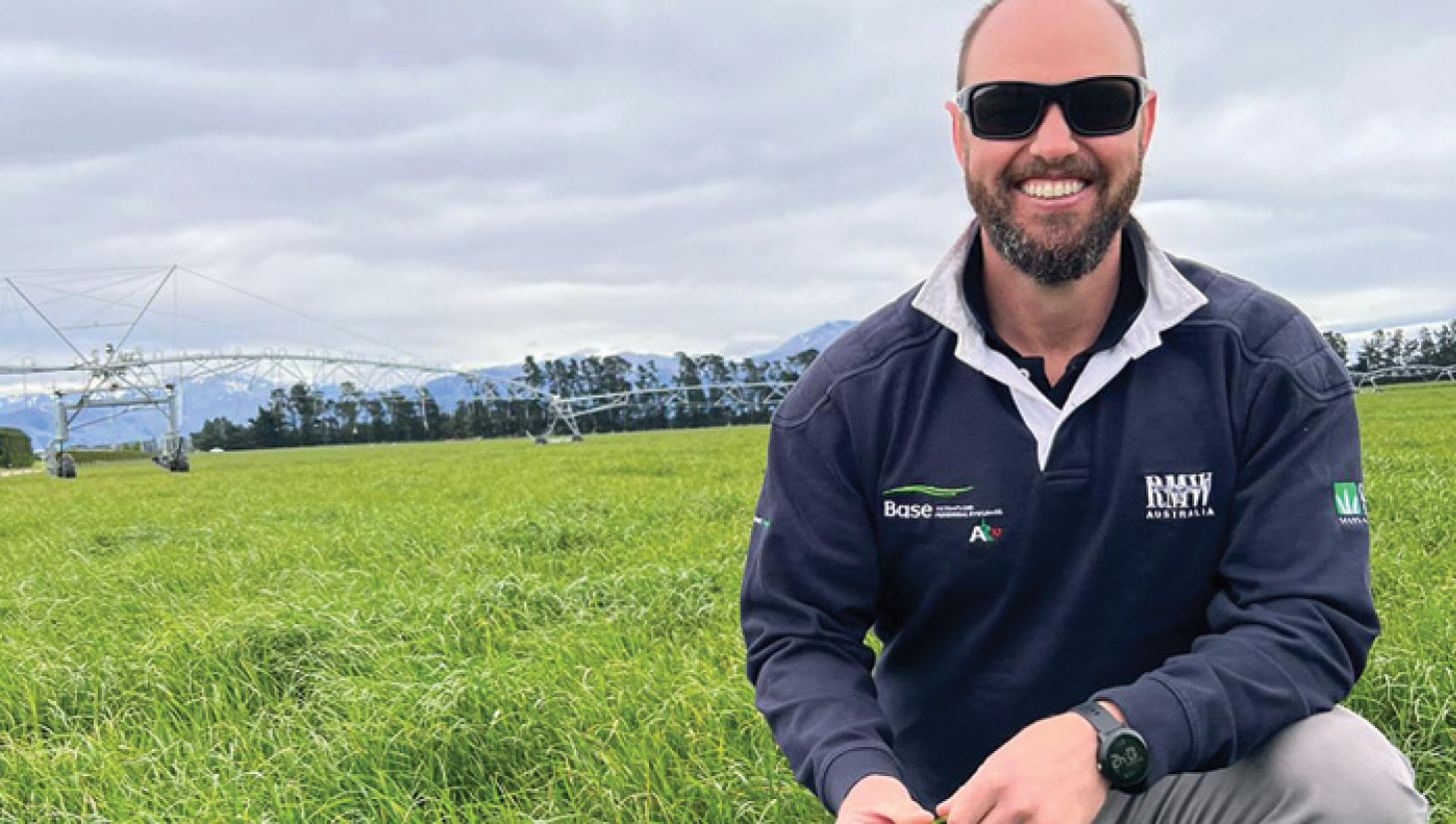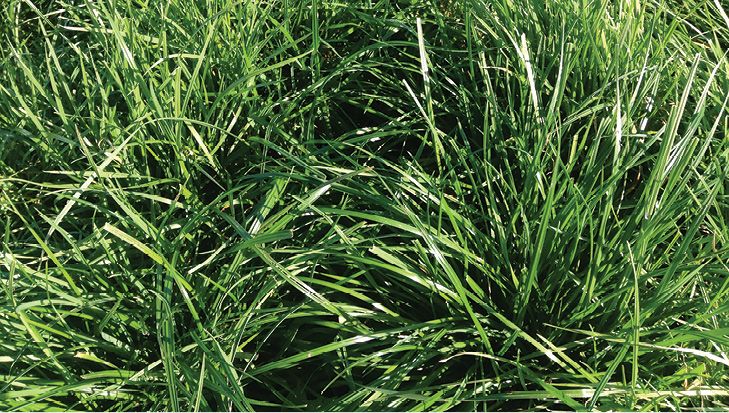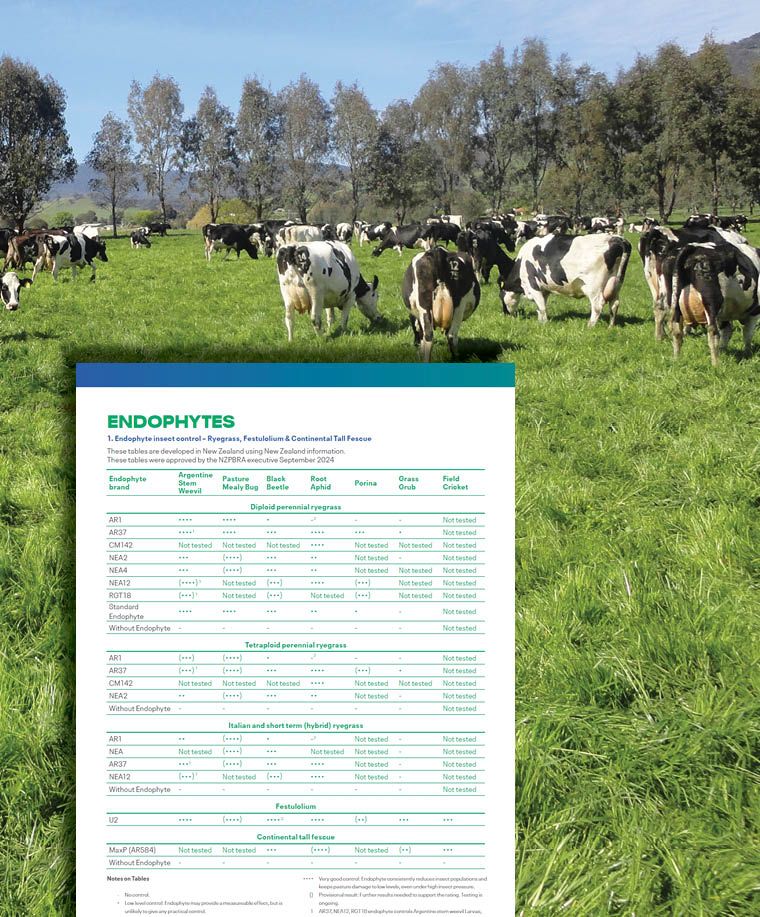Get in Touch
Contact Us
National team

Find Your Local Sales Agronomist
Base AR37 is a late maturing tetraploid perennial ryegrass available with AR37 endophyte. Base AR37 offers superb dry matter yield meaning more feed is available for your stock. An added feature of Base AR37 is its high seasonal production in autumn and winter. It also responds well to summer rainfall, providing growth when moisture and fertility are available.
Being a tetraploid perennial ryegrass, Base AR37 has greater palatability and digestibility than normal diploid type ryegrasses which results in a pasture that is more readily accepted by stock. This increased animal acceptance and quality of Base AR37 combined with its erect growth habit can improve animal intake and performance.
Sowing rate (sole): 20-30kg/ha
Sowing rate (mixed): 20-25kg/ha

An endophyte is a fungus found naturally in many grass species, including ryegrass. It provides the plant with protection from insects, and in return the plant provides the endophyte with a place to live and reproduce.
Pests controlled: Argentine Stem Weevil Larvae, Pasture Mealy Bug, Adult Black Beetle and Root Aphid.
DLF Seeds: Leading endophyte experts with over 25 years experience and purpose built cold storage facilities to ensure live endophyte percentages are maintained.
Base AR37 was selected from high yielding, densely tillered plants that survived two years of severe drought and hard sheep grazing. These selections were undertaken at our Maryborough (Vic) and Hamilton (Vic) trial sites which were sown in 2004. The surviving plants were transplanted to our Research Station in Ballarat where further screening and evaluation took place.
The finished cultivar was then inoculated with the endophyte AR37 to enhance persistence against a wide variety of insects.
Base AR37 perennial ryegrass pasture seed can be sown at 20-30 kg/ha on its own or with proprietary clovers for increased animal performance.
Ensure that the depth of sowing is between 5 and 15mm for optimum establishment rate and early vigour. If the seed is sown too deep, then the seed will be delayed in its establishment which then has an impact on other important management decisions such as weed control and timing, insect pest management and grazing timing.
Base AR37 tetraploid perennial ryegrass should be sown at rates between 20-30kg/ha. It can be easily mixed with either other ryegrasses or, because it is a tetraploid, makes for a great companion with clovers and/or herbs. This will ensure a balanced pasture diet that offers high quality feed for beef, sheep and dairy.
Sowing depth is important as is the seed to soil contact, given that Base AR37 is a small seed. Ensure that the depth of sowing is between 5 and 15mm for optimum establishment rate and early vigour. If the seed is sown too deep, then the seed will be delayed in its establishment which then has an impact on other important management decisions such as weed control and timing, insect pest management and grazing times.
For pasture seed sowing rates specific to your farming needs, contact your local Sales Agronomist here
In 2016 a demonstration commenced on a property located near Hamilton ('Wexford'), owned by Tony Fleetwood. The aim was to evaluate lamb and ewe performance on two different perennial ryegrasses. These were Base AR37 (a late heading tetraploid containing AR37 endophyte) and Victorian SE (an early heading diploid containing standard endophyte).
The trial was independently managed by Andrew Speirs, a consultant with Meridian Agriculture.
To view the trial, click here

Minimum 600mm rainfall per annum unless irrigated

